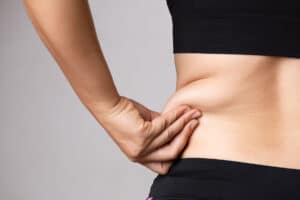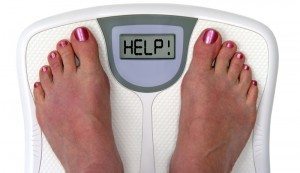If you want to do everything you can to deter menopausal weight gain and combat an expanding waistline you need to exercise.
Let’s talk about exercise and why it’s one of the best things you can do at menopause. For both your health and your weight.
Did you read “Menopausal weight gain – it’s real, it’s necessary, it’s stubborn!“? In it, I talked about how we have 30 billion fat cells. And that they grow larger as soon as they detect declining levels of estrogen.
They do this so they can produce more estrogen to protect you during your menopause transition.
Every woman will go through menopause and it’s both normal and necessary to put on weight. Weight gain is a way for your body to produce estrogen, feel better and live longer.
So we all need to accept that our menopausal bodies won’t look like they did in our teens and twenties. But at the same time, we don’t want our weight to get out of control.
Menopause Without Weight Gain and Exercise
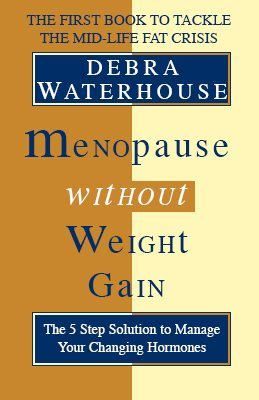
In her book “Menopause Without Weight Gain”, Debra Waterhouse (M.P.H., R.D., Nutritionist), claims that the only way to boost metabolism, stimulate fat-releasing enzymes and shrink your fat cells without compromising their ability to produce estrogen is through exercise.
When you become fit she claims, your fat cells automatically become smaller. They learn that there is another existence and they don’t have to function solely as fat-storage receptacles.
This is great news for weight control. But your menopausal body is depending on you to exercise in order to do much more than lose weight. You need to move your body more than you ever needed before. Why? Because, quite simply, your life depends on it.
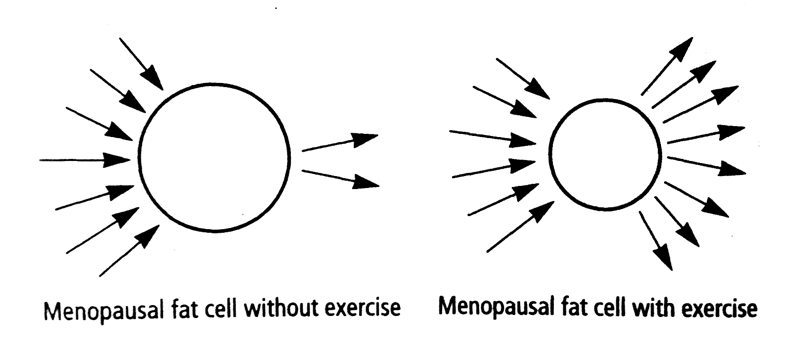
The arrows ‘in’ the above image represent fat-storing enzymes, the arrows ‘out’ represent fat-releasing enzymes.
Regular exercise will also help you:
- fight fatigue
- recharge your metabolism
- reduce mental sluggishness
- sleep soundly
- stabilise your moods
- diminish your food cravings
- reduce hot flushes
- achieve greater mobility, balance and agility
- strengthen your bones
- reduce your risk of breast cancer and heart disease
- stabilise your blood sugar
- live a long life well
Wow, when you read that list, what is there not to love about exercise?
And the great news is it doesn’t matter how out of shape you feel or how much extra weight you are carrying. Nor does how old or busy you are play a role.
Starting today will make a difference.
Losing Weight & Exercise
Is weight loss is your main motivator for exercise? Then you need the right combination of exercise to encourage your fat cells to release stored fat.
Aerobic exercise will manufacture fat-releasing enzymes that trigger your fat cells to empty fat into your bloodstream.
While strength training will speed up your metabolism and condition your muscles to burn up released fat.
So you need a combination of both these kinds of exercise.
It is important to note at this point about the amount and intensity of exercise.
Aerobic Exercise
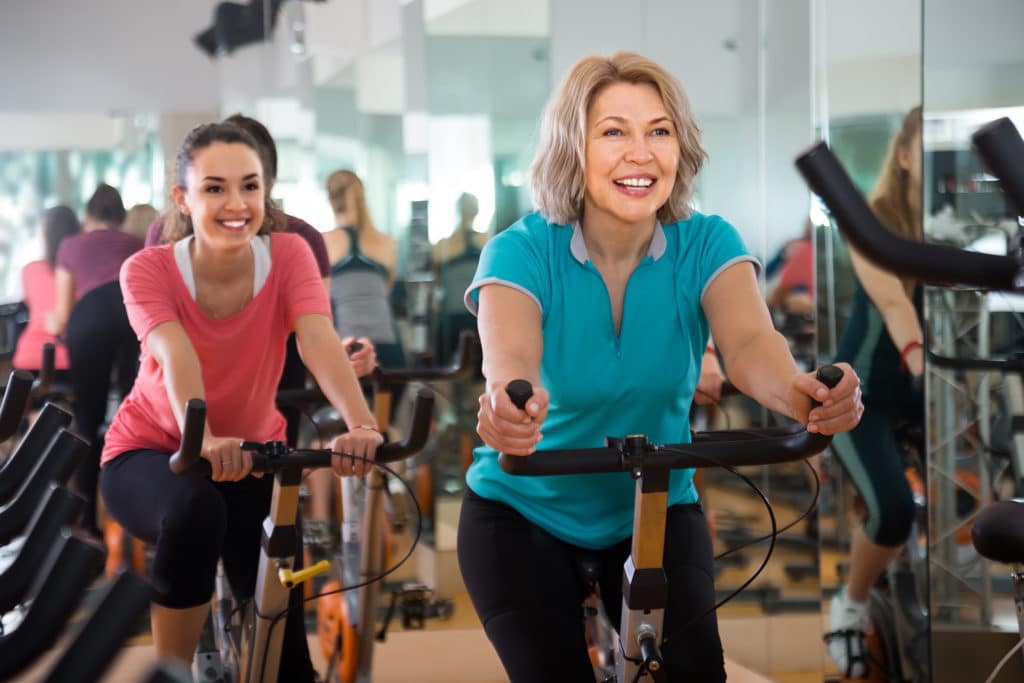
For aerobic exercise, you could try swimming, jogging, cycling, dance, exercise classes like step or walking. But beware, if you’ve been walking as your form of exercise for a few years it’s time for a change. Try changing your route, introducing hills or stairs into your walk, develop a jog/walk routine or walk with a pack. But if you are just starting an exercise programme, walking will give you all the fat burning benefits you need.
Each form of exercise you choose to do will use different muscle groups. If you repeat only the same activity, your muscles and fat cells will become complacent. So cross-train by mixing up your activities. For example, walk one day, swim another, cycle another. This will speed up fat burning as well as prevent boredom! Aim to build up to 60 minutes of aerobic activity four days a week at a moderate intensity.
Strength Training

For strength training, you don’t necessarily have to join a gym and lift weights. You can choose from activities like tennis, squash, basketball, golf, kayaking, bowls, lifting free weights, yoga, Pilates or even gardening. All of these exercises strengthen your muscles.
Each week combine one hour of this type of strength training with your four hours of aerobic activity and you’ll burn fat. As a result, you’ll gain all the other benefits of regular exercise such as living longer, healthier and sleeping, thinking and feeling better!

